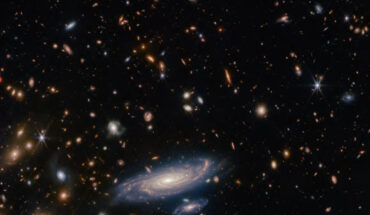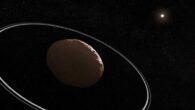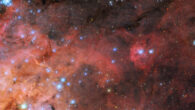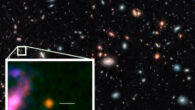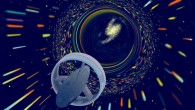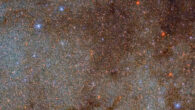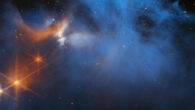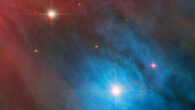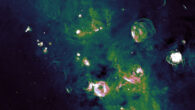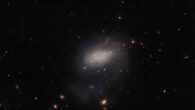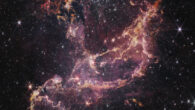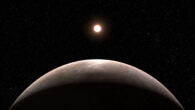LEDA 2046648 is accompanied by a profusion of smaller, more distant galaxies which range from fully-fledged spirals to mere bright smudges. This Webb image shows LEDA 2046648, a spiral galaxy one billion light-years away in the constellation of Hercules. Image credit: NASA / ESA / CSA / Webb / A. Martel. LEDA 2046648 is a large spiral galaxy approximately one billion light-years from Earth. Also known as 2MASX J16583507+3416309 or SDSS J165835.03+341630.7,...

